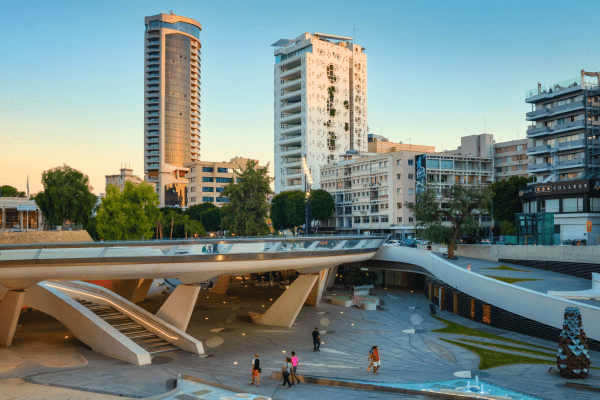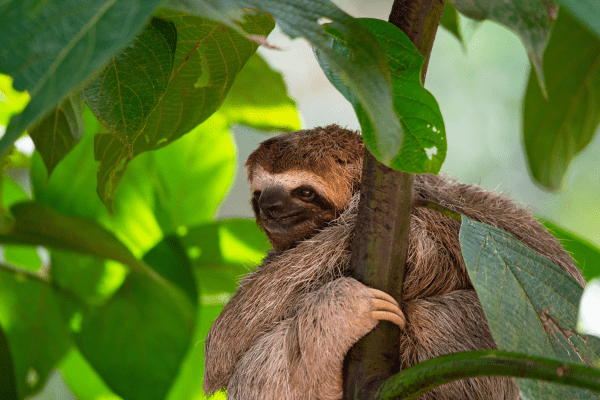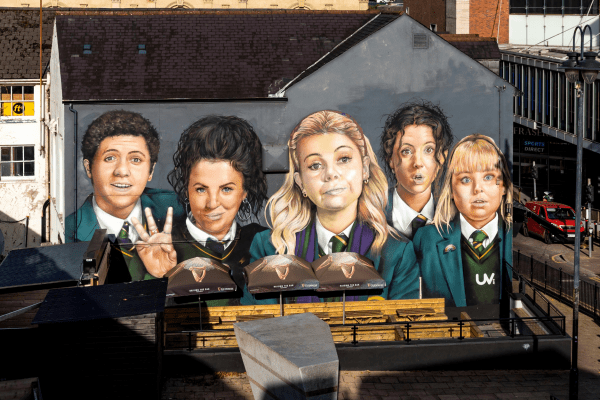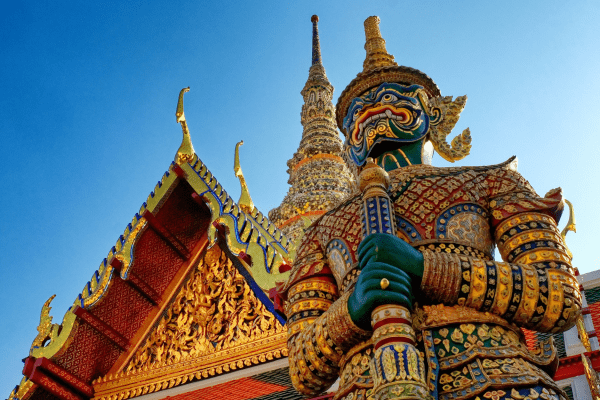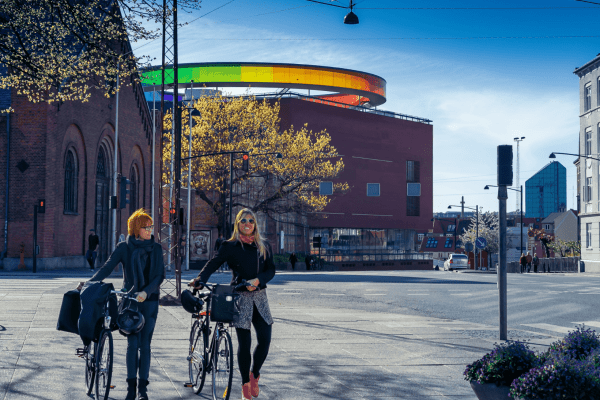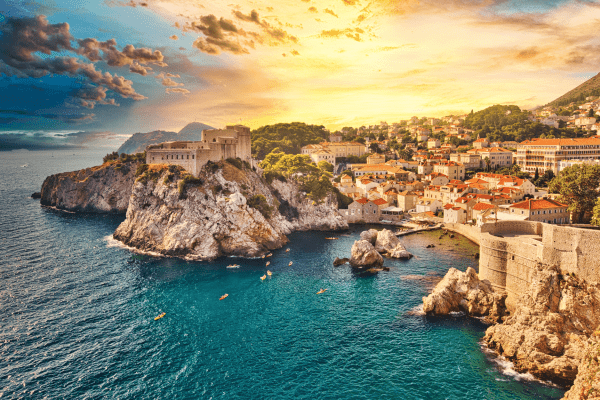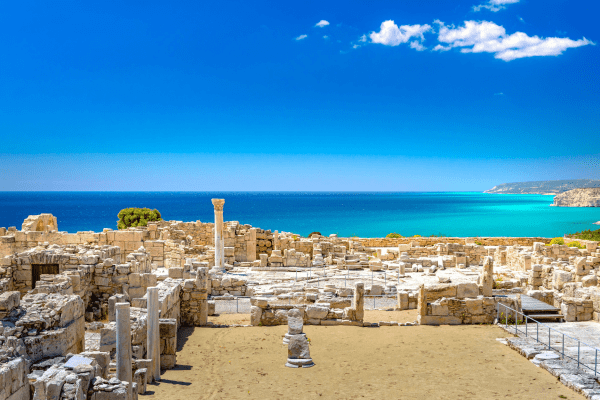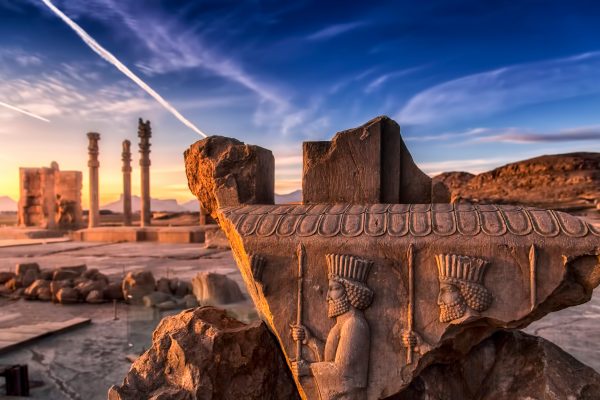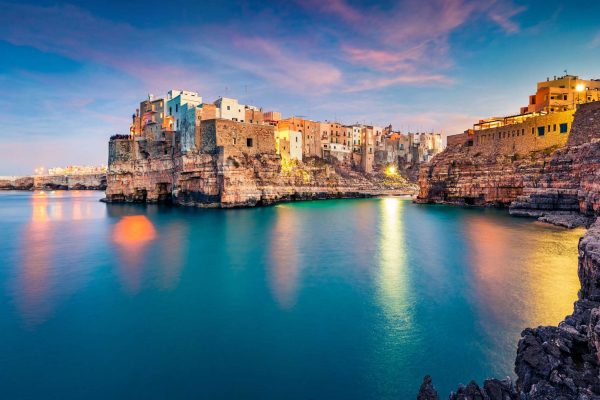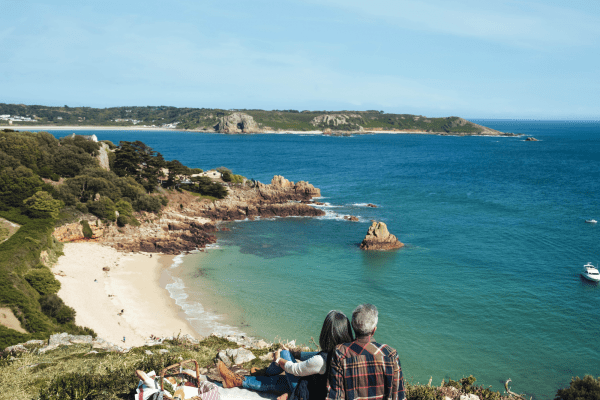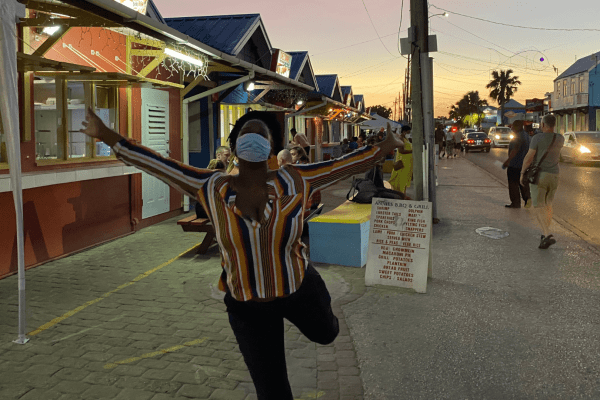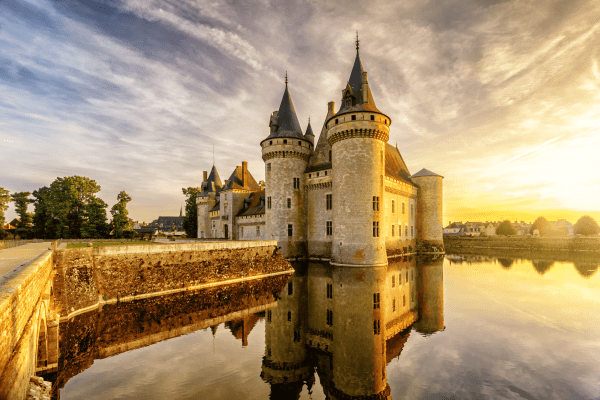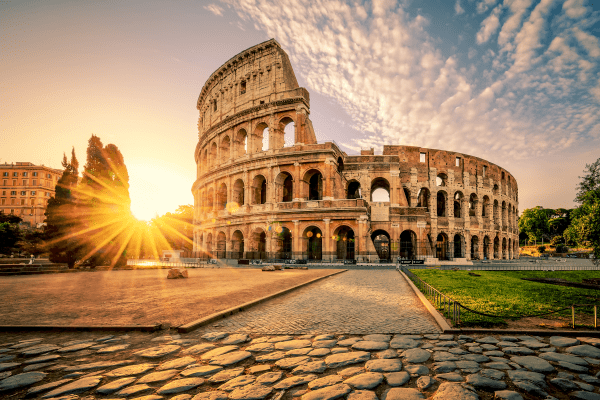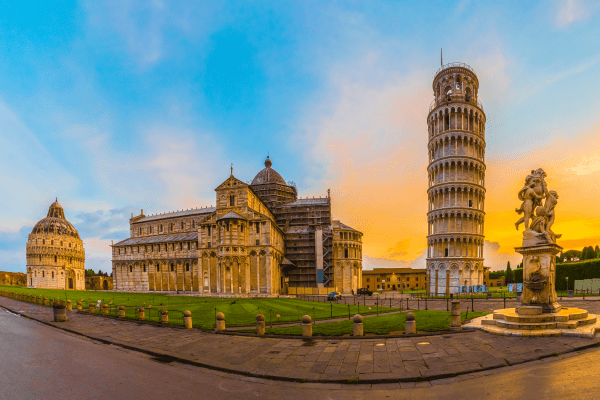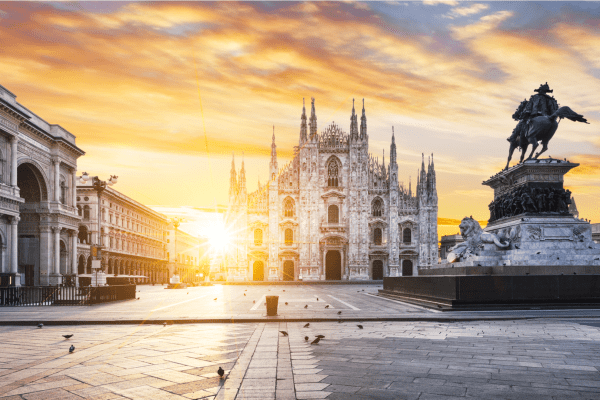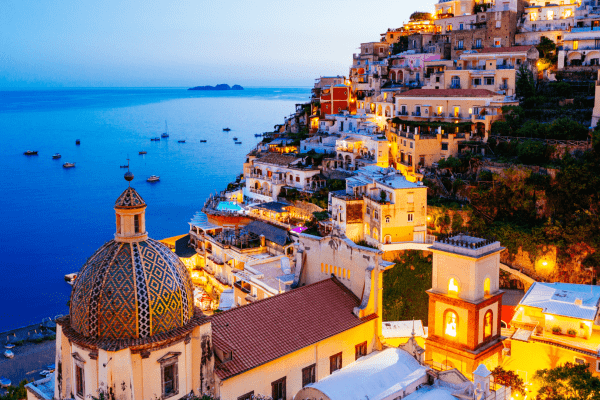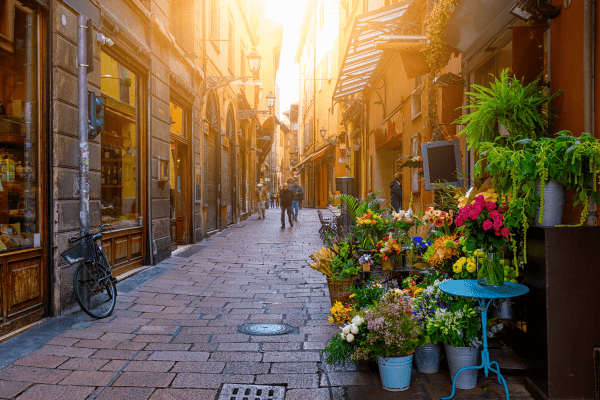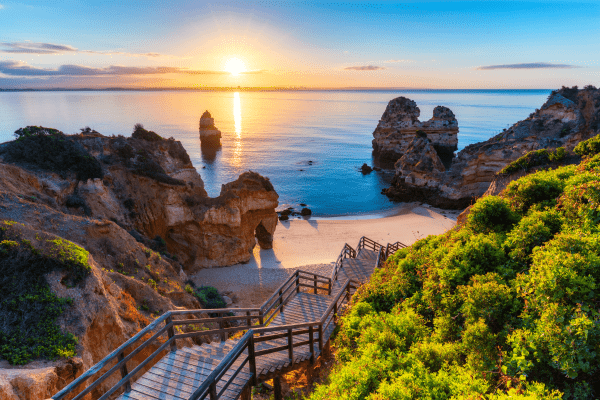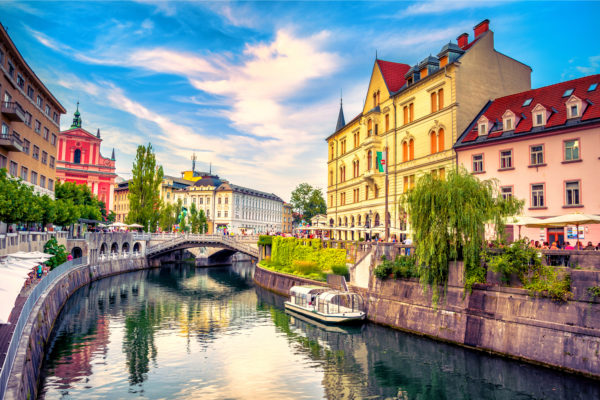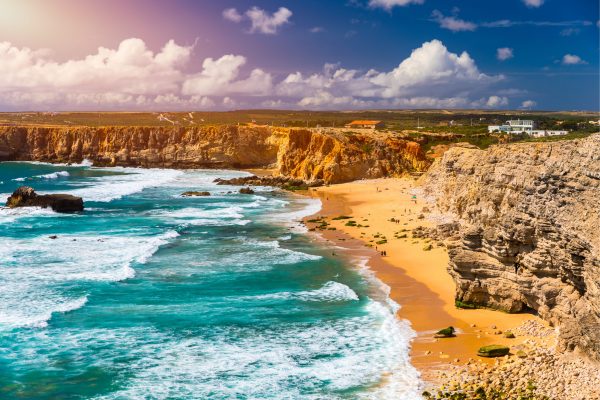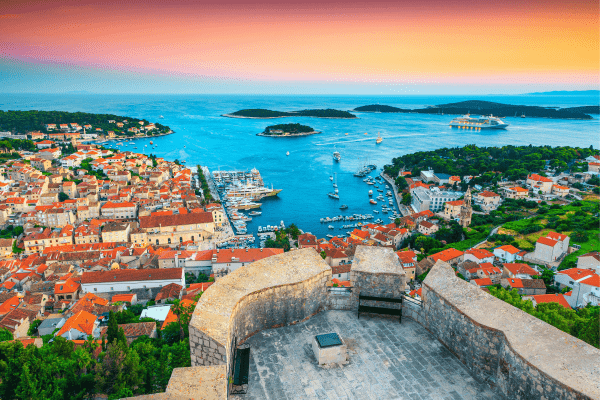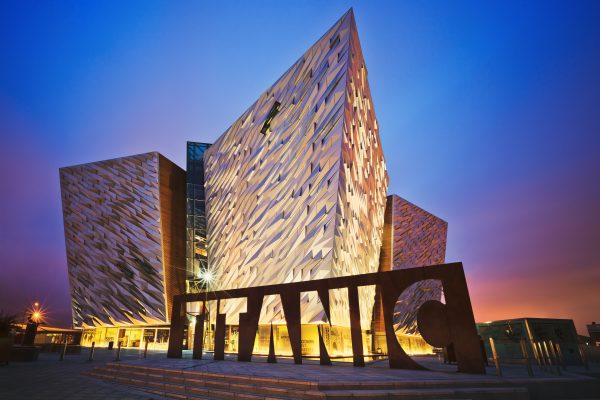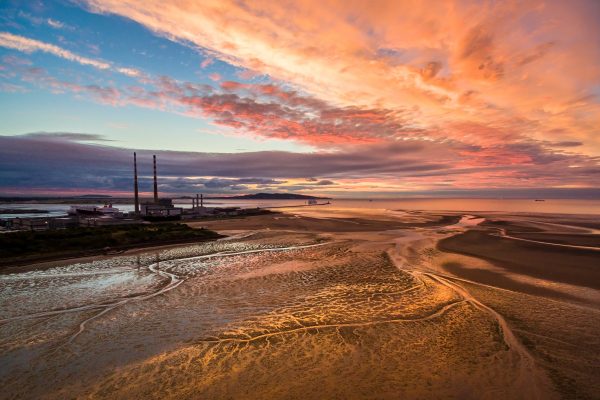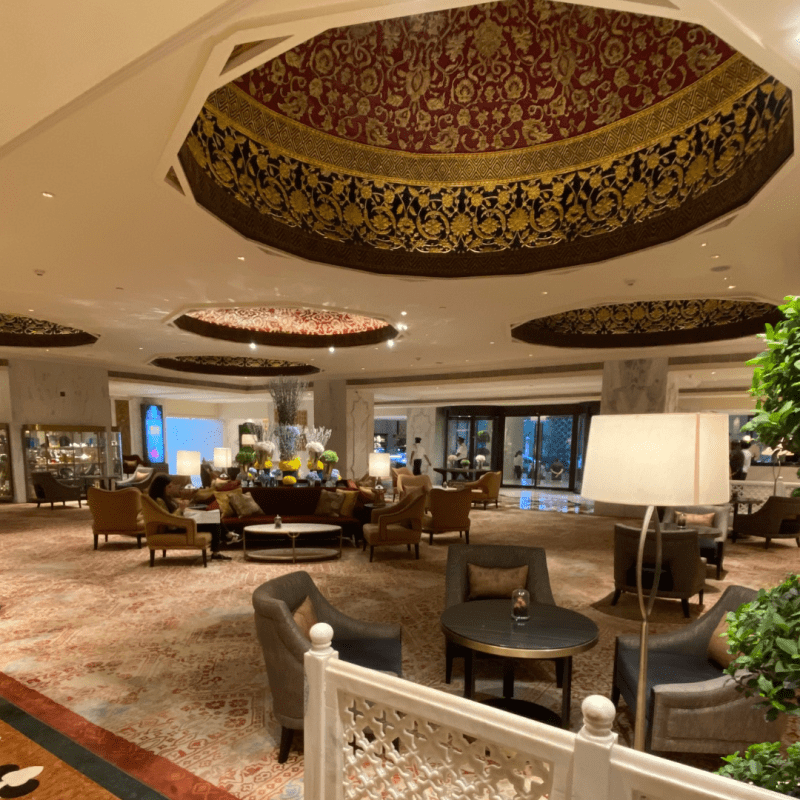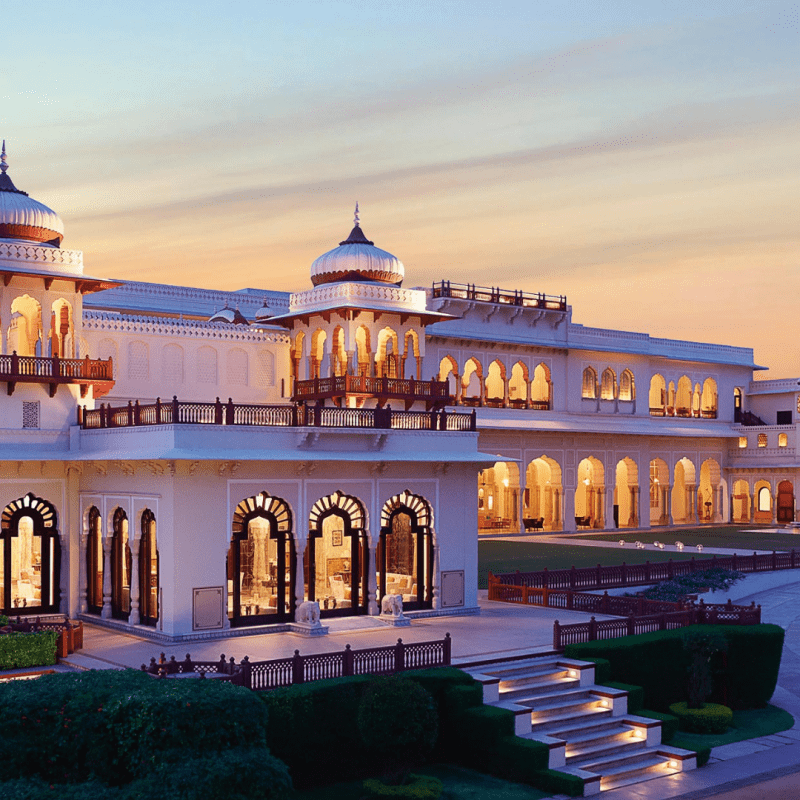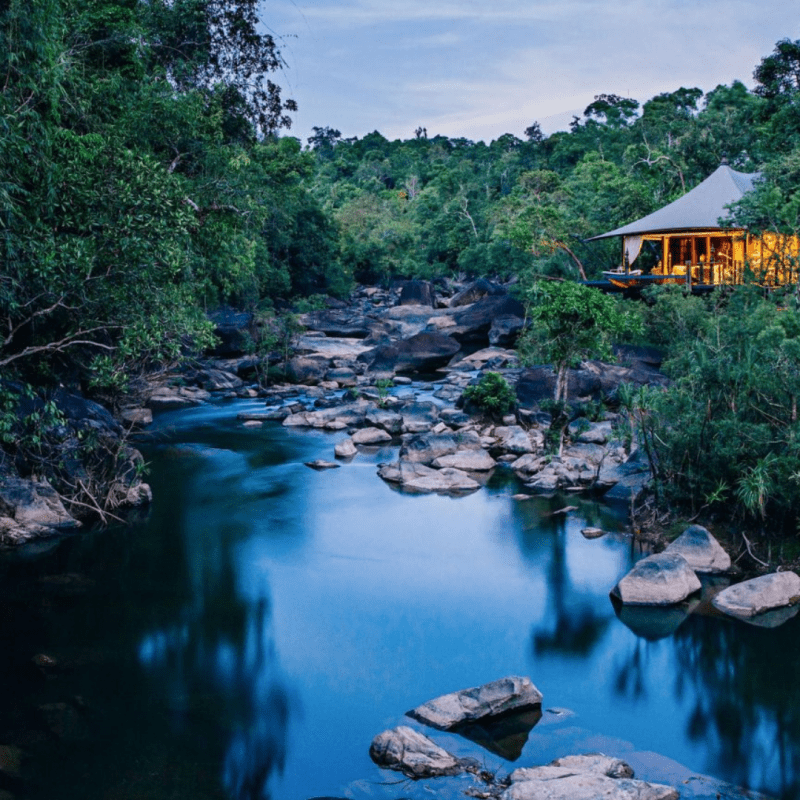On top of the world in the birthplace of Buddha
Wrapped up warm you look out over forested Himalayan foothills, the primary colours of fluttering prayer flags popping brightly against the clear winter sky. You well might be reminded of the words of Karen Carpenter as you look down on creation from your mountain village homestay. Magnificent though the vistas of towering summits might be, Nepal is about so much more than the single mystic giant it has become legendary for.
It’s a land hugely rich in biodiversity, welcoming you into a unique culture. Take time to explore this diverse destination, from the frenetic craziness of Kathmandu’s buzzing streets and shrines steeped in spiritually to crashing rivers and zip lines through jungles. Spring and autumn are traditionally seen at the preferred times to visit Nepal but they are also by far the most crowded and expensive.
At Low Season Traveller we recommend considering either of the two off peak periods, which have so much to offer including some uniquely low season experiences, and heavily discounted rates. The hot summer months, June, July and August, see the renowned monsoon. Heavy rainfall can be expected which may restrict mountain views and mean some adventure activities are curtailed. However, it’s actually an ideal time to experience Nepal’s glorious greenery, the emerging shades and changing landscapes as life returns to the land. Join communities as they celebrate this annual phenomenon, and tour the top spiritual and cultural centres with the best guides and learn how locals honour their Hindu and Buddhist traditions once the tourist crowds have left. In contrast December and January are cold and travellers can be put off by freezing temperatures and snowfall. Do keep in mind though that this winter period sees the clearest skies and most impressive views. Winter trekking is totally possible, especially on low elevation routes, and popular treks are void of the excited high season crowds. It’s also much warmer at this time in the south of the country plus it’s the very best time to explore jungle areas and the national parks of Chitwan and Bardia.
Low Season Trekking
From intensive 3 week odysseys to day long hikes, trekkers are spoilt for choice, with options across the length and breadth of Nepal. Everest, Annapurna and Langtang treks are the most popular and low season means you can enjoy these iconic trails in peace. Shorter hikes such as Sakhu to Dhulikhel and in the hills around Kathmandu also offer unforgettable opportunities, with superb winter vistas, and in summer, streams and waterfalls are in full flow. We recommend taking advice from local guiding services who can give up to date information about which trails are most accessible due to current conditions, avoid monsoon landslides, and help you get the best from your experience.
Find your Spiritual Side
We love exploring Nepal’s historical, religious and cultural sites in low season when the crowds have gone and the spiritual vibration is strong. Hinduism is the most practiced form of worship, while Buddhism is also followed, particularly in the area around Lumbini where Siddhartha Gautama himself was said to be born in the 5th century BC. An openness towards minority faiths, as well an overwhelming attitude of compassion and generous, has led many seekers of enlightenment to come to Nepal for spiritual immersion, praying with monks and meeting holy sages. A fascinating Nepalese past, with blended elements from Indian and Chinese neighbours, has rendered a feast for culture seekers. In fact, there are seven UNESCO’s World Heritage sites within Kathmandu Valley alone including the architectural gem of Durbar Square and the massive Bouddhanath Stupa.
Winter Wildlife
Did you know Nepal is home to almost 10% of the world’s total species of bird as well as a huge number of butterfly and mammal species? It’s even been called the Amazon of Asia thanks to its unique biodiversity. The great plains in the south, known as the Terai, and the national parks of Chitwan, Bardia and Suklaphata are stunning places to conduct jungle treks, jeep safaris, and canoe rides under the guidance of experienced locals. Monsoon sees closures due to mud and landslides, but winter enjoys ideal viewing conditions as long grasses are cut back and you’ll have a chance to spot Royal Bengal tigers, leopards and rhinos, as well as gharial and marsh mugger crocodiles basking in the sun along the marshes and rivers.








